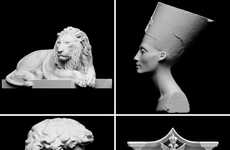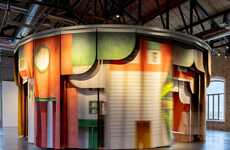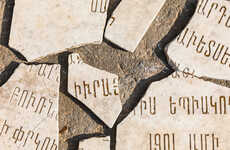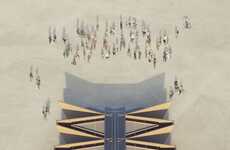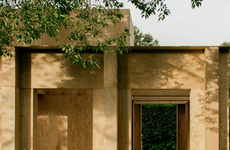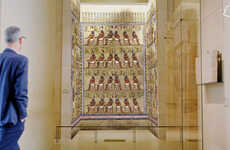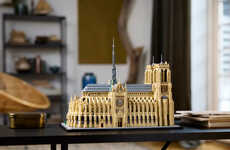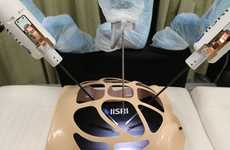
Researchers at Lund University Have Created a Model of Old Pompeii
References: lunduniversity.lu.se & gizmodo
Archaeologists and computer scientists from Sweden's Lund University have teamed up to create a 3D model of Old Pompeii based on the artifacts and ruins that are on the site of the historic city today. However, rather than just creating a digitized model of the ruins themselves, the researchers extrapolated from the information and artifacts available to create a 3D model of the city as it would have looked in its prime.
Pompeii is best known for the harrowing casts of its ancient citizens who were flash-buried by the eruption of Mount Vesuvius in 79 AD. However, the city was a thriving metropolis at the time, home to some of the more powerful people in the empire. Lund University's reconstruction features some of these powerful abodes, such as the manor of a wealthy resident named Caecilius as it likely looked before the eruption.
Pompeii is best known for the harrowing casts of its ancient citizens who were flash-buried by the eruption of Mount Vesuvius in 79 AD. However, the city was a thriving metropolis at the time, home to some of the more powerful people in the empire. Lund University's reconstruction features some of these powerful abodes, such as the manor of a wealthy resident named Caecilius as it likely looked before the eruption.
Trend Themes
1. 3D Modeling - Creating digital models of historical sites for a more immersive and accurate understanding of the past.
2. Historical Reconstruction - Using available information and artifacts to recreate historical cities and landmarks in virtual reality.
3. Heritage Conservation - Preserving and showcasing cultural heritage through digital recreations of ancient ruins and artifacts.
Industry Implications
1. Archaeology - Applying 3D modeling technology to access and study ancient civilizations.
2. Tourism - Enhancing visitor experiences by offering virtual tours of historical sites and cities.
3. Education - Using virtual reconstructions as interactive tools in history and archaeology classes.
1.3
Score
Popularity
Activity
Freshness

